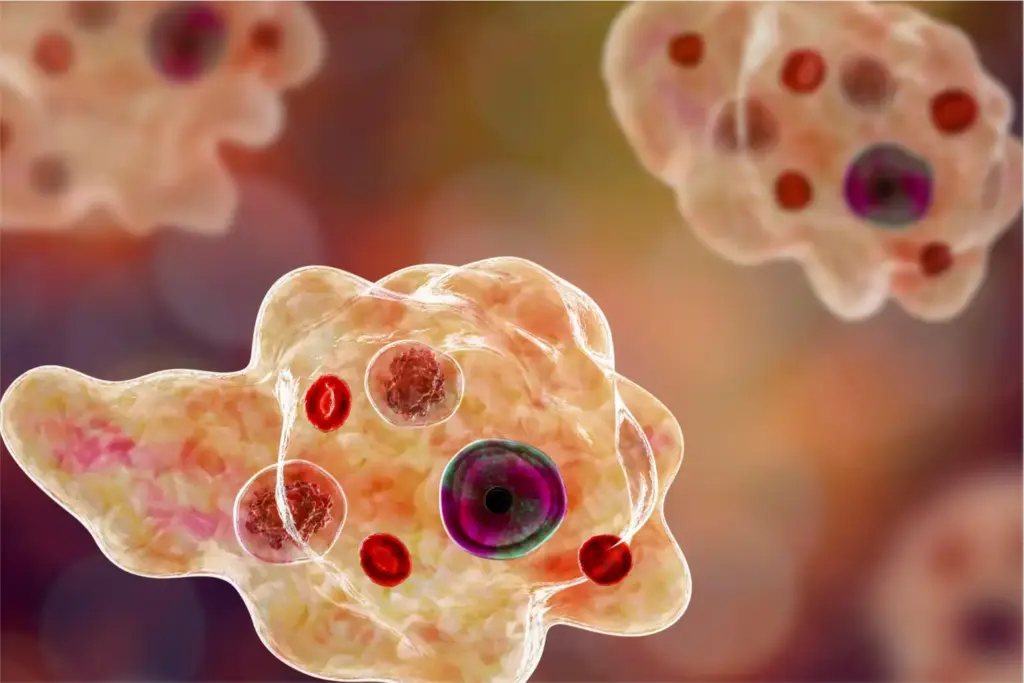
Kerala brain-eating amoeba: Kerala health authorities have sounded an alert after a spike in primary amoebic meningoencephalitis (PAM), a rare but often fatal brain infection caused by Naegleria fowleri.
Kerala has reported at least 61 confirmed cases and 19 deaths this year. Health Minister Veena George called it a “serious public health challenge”, noting that, unlike last year’s district clusters in Kozhikode and Malappuram, recent infections are sporadic across the state and span ages from three months to 91 years, complicating epidemiological tracking. “We are not seeing clusters linked to a single water source; these are isolated cases,” she said.
Also Read | Delhi-NCR sees surge in H3N2 flu; 69% of households report viral symptoms
Causes of primary amoebic meningoencephalitis (PAM):
PAM destroys brain tissue, causing rapid swelling and, in most cases, death. The amoeba thrives in warm, often stagnant freshwater; infection occurs when contaminated water enters through the nose during swimming or bathing and travels via the olfactory nerve to the brain.
Drinking contaminated water is not linked to symptomatic disease, and the infection does not spread person-to-person. Officials warn that rising water temperatures and greater recreational water use during heat waves may be increasing exposure.
Symptoms of primary amoebic meningoencephalitis (PAM):
Symptoms include sudden headache, fever, nausea, vomiting, and quickly progressive neurological signs. Onset typically occurs 1–9 days after exposure and can accelerate within hours to 1–2 days.
Treatment of Kerala’s ‘brain-eating amoeba’ disease:
Kerala’s advisory stresses that early diagnosis is critical: almost all known survivors globally were treated before full-blown cerebral involvement, with prompt initiation of an antimicrobial drug cocktail that can cross the blood–brain barrier.
The government has urged residents to avoid swimming or bathing in untreated/stagnant freshwater, such as ponds and lakes; use nose clips when entering freshwater; and ensure proper cleaning and chlorination of wells and storage tanks.
The state health department, working with the National Centre for Disease Control, has begun environmental sampling to identify potential sources and tighten preventive measures.








